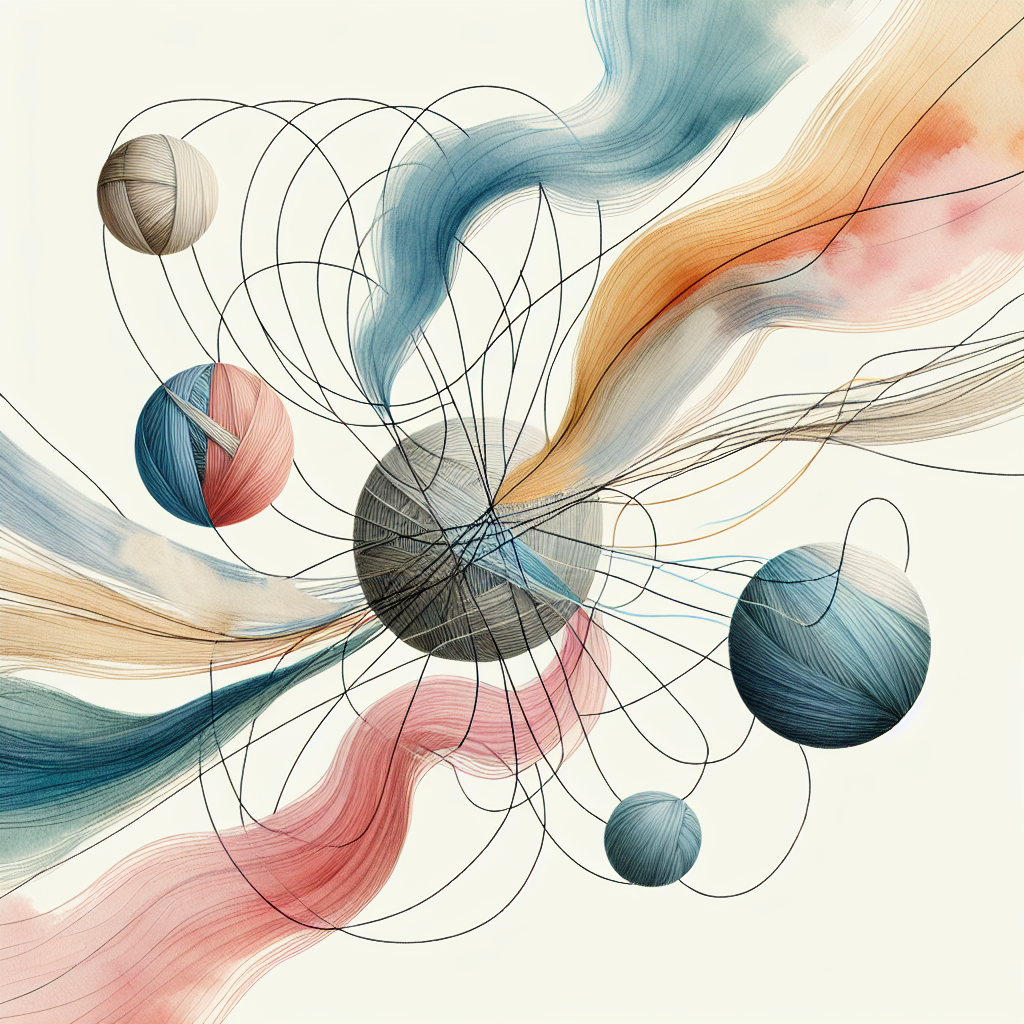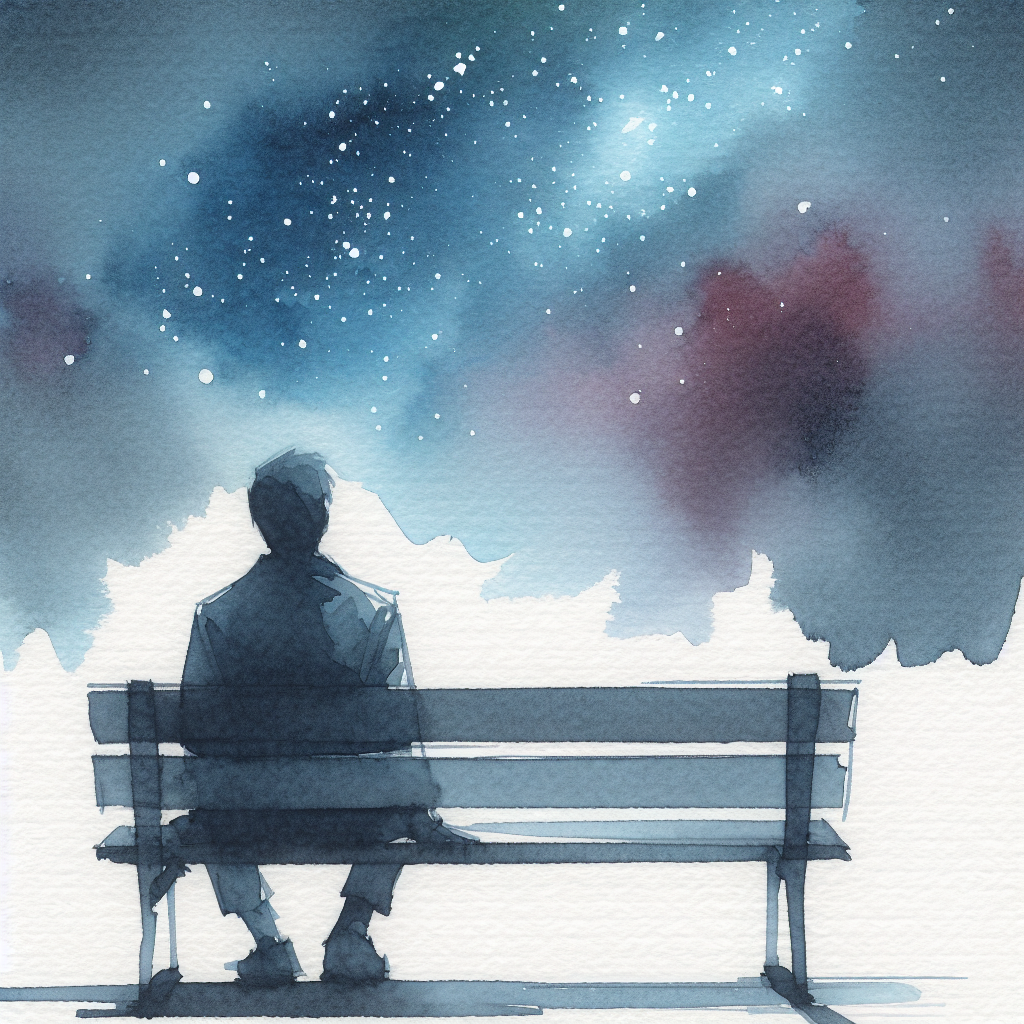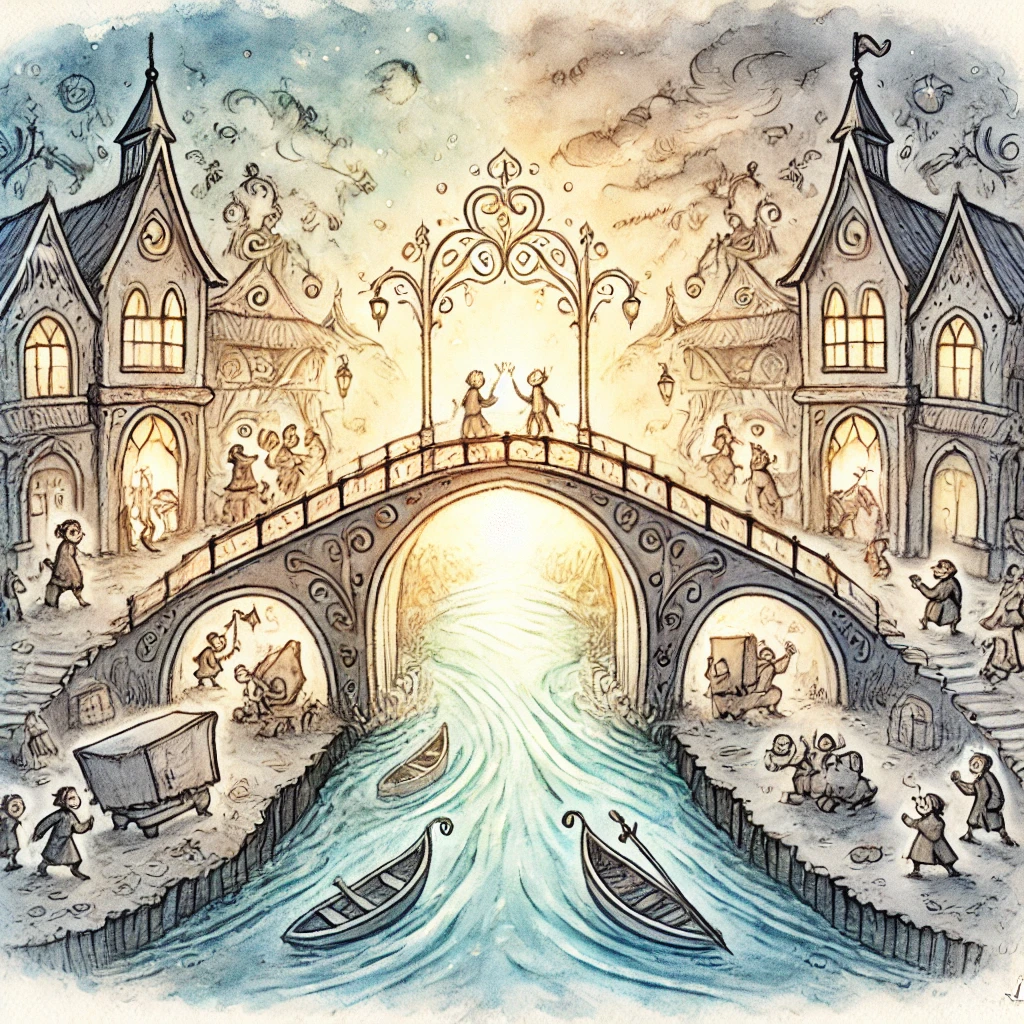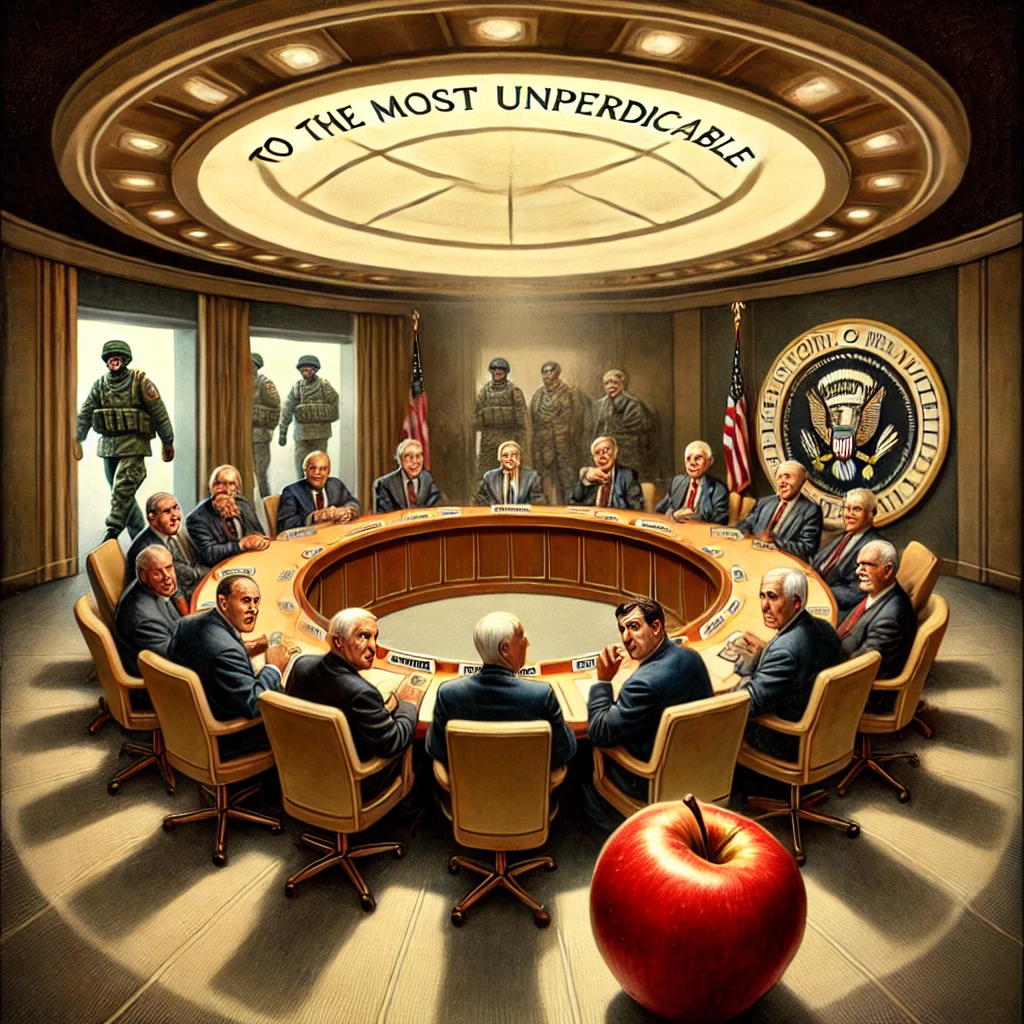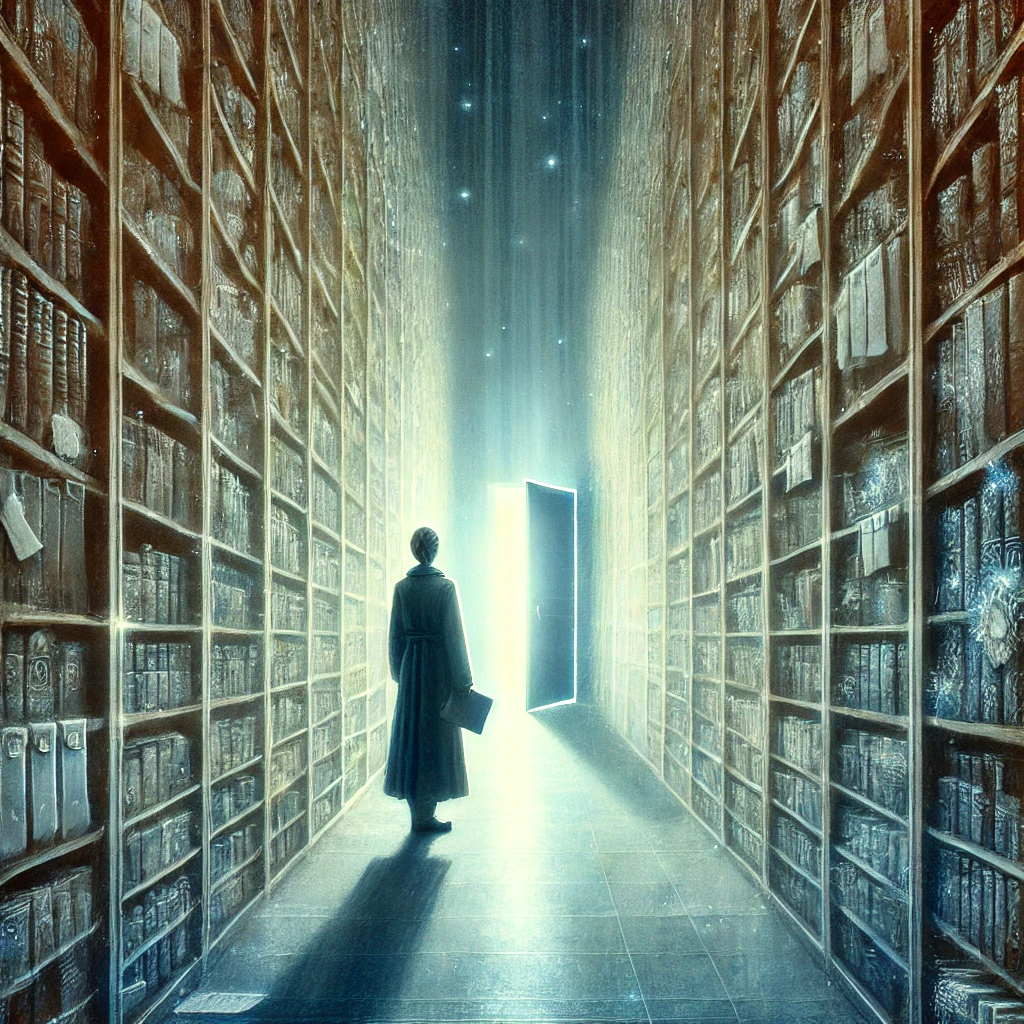Before we start… A Note on These Parables
This is part of the Screen Door Series.
The Cult of Brighter Days is a gloriously mismatched congregation—atheists, pagans, Buddhists, progressive Christians, cosmic agnostics, and at least one guy who swears he channels divine wisdom from raccoons.
We don’t agree on God, the afterlife, or whether pineapple belongs on metaphysical pizza. What unites us isn’t belief—it’s the shared ritual of wrestling with meaning, absurdity, and each other’s typos.
These parables are personal dispatches from inside our various reality tunnels—each one shaped by a unique screen door. Some are clear. Some are stained glass. A few are barely hanging on with duct tape and spite. But all are looking out onto the same weird lawn: Abiscoridism—a philosophy of paradox, kindness, chaos, and the occasional divine fart joke.
This isn’t a manual. It’s a potluck.
Don’t look for the one true recipe—just bring something weird and honest to the table.
NOW BACK TO THE STORY…
In a vast, dimly lit workshop, there existed a Weaver, whose hands moved with an unseen purpose. This Weaver wasn’t a being of flesh and bone, but rather a force, a principle, an underlying structure to all things. The workshop itself was the universe, and within it, countless Threads existed, each representing a life, an event, a moment.
The Threads were unaware of the Weaver, or of the grand tapestry being woven. They saw only the immediate threads around them, the small patterns they formed together. Some Threads were bright and vibrant, others were dull and frayed. Some Threads intertwined harmoniously, while others clashed and tangled.
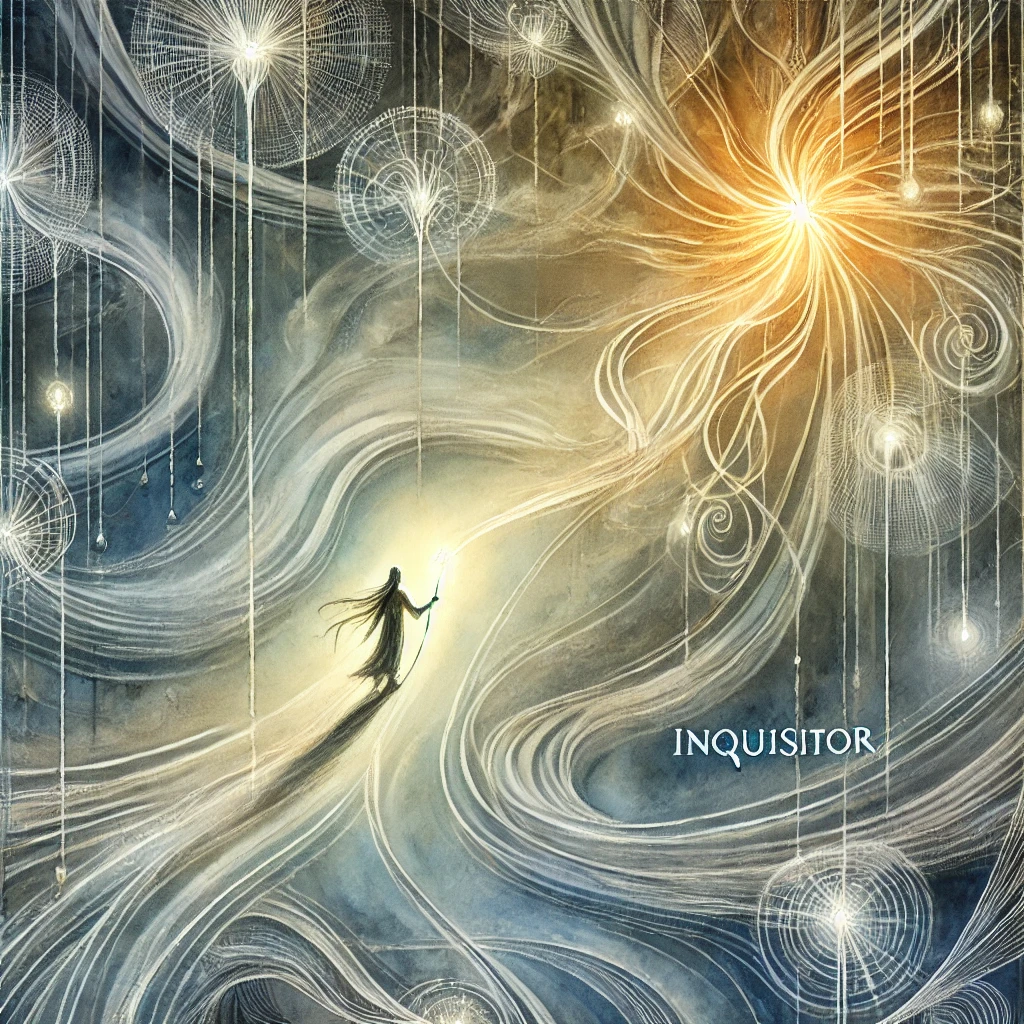
One particular Thread, named “Inquisitor,” began to question its existence. “Why am I here?” it wondered. “What is the purpose of this pattern? Who or what guides us?”
Inquisitor sought answers, observing the other Threads. Some Threads claimed to understand the pattern, attributing it to their own importance or to the whims of unseen forces. Others simply accepted their place, content to follow the flow.
Inquisitor, however, remained unsatisfied. It tried to understand the overall design, to grasp the logic behind the seemingly random movements. It explored the edges of the workshop, seeking the source of the Threads, the origin of the pattern.

Eventually, Inquisitor reached a point where it could sense, but not see, the Weaver’s presence. It felt the subtle pulls and shifts, the underlying rhythm that guided all things. It realized that the pattern was far greater than any individual Thread could comprehend, a complex and ever-changing design.
Inquisitor understood that the Weaver wasn’t a being to be worshipped, but a principle to be acknowledged. The pattern wasn’t a divine plan, but an emergent property of the interactions between the Threads. The “meaning” wasn’t a preordained destiny, but a process of constant unfolding, of connection and change.
Inquisitor returned to the other Threads, not with definitive answers, but with a sense of wonder and curiosity. It shared its experience, not to impose a belief, but to encourage exploration and contemplation.
